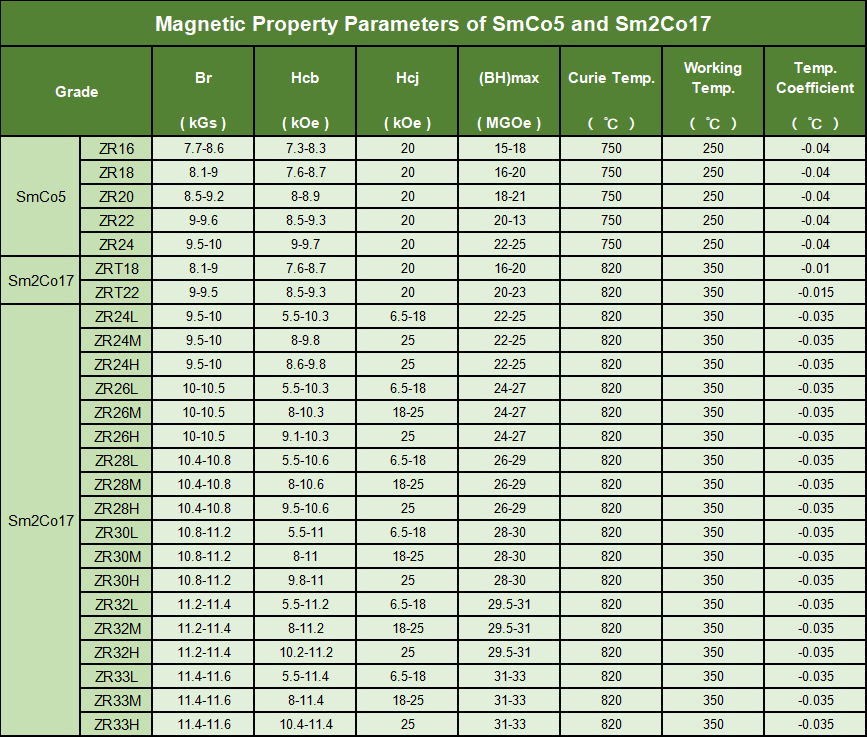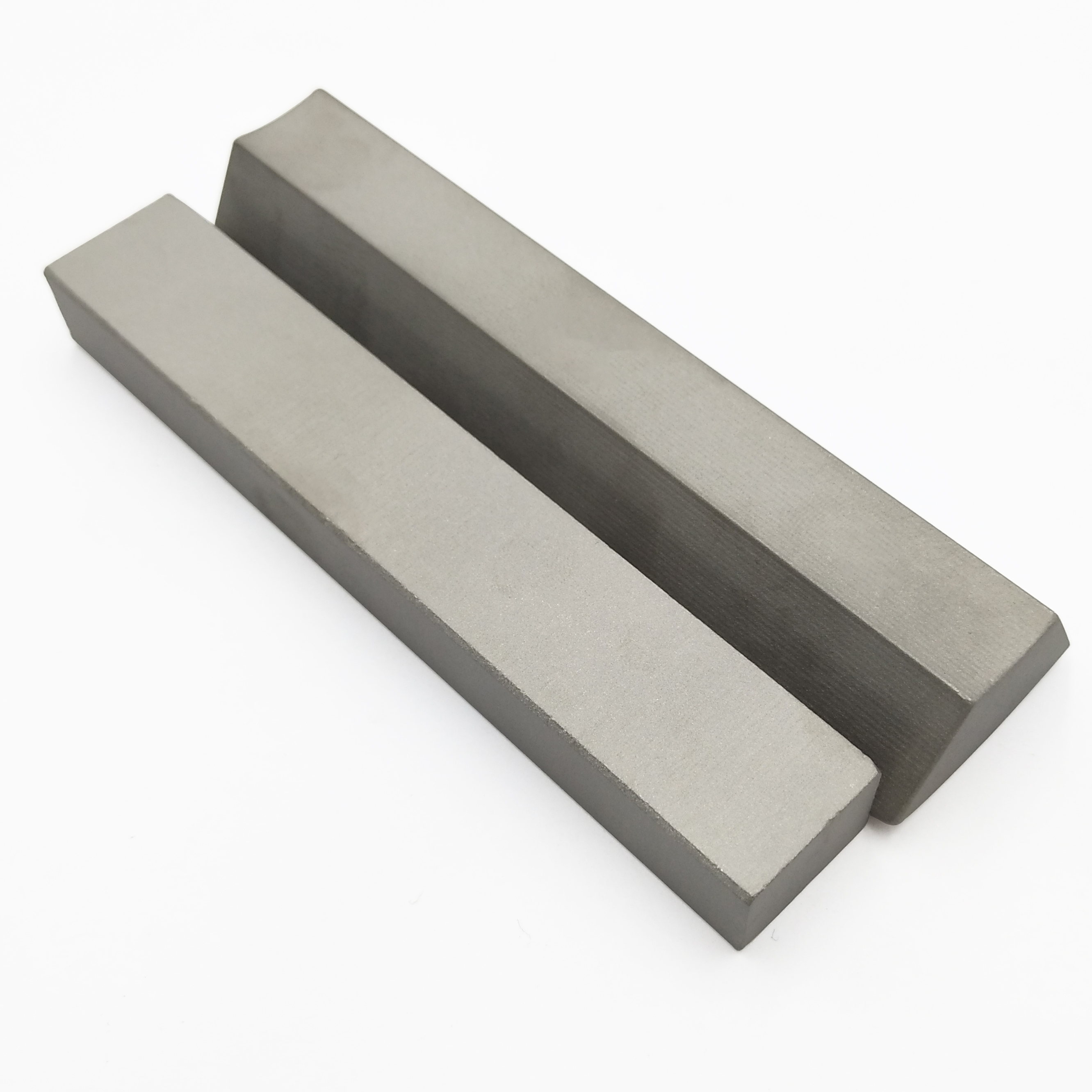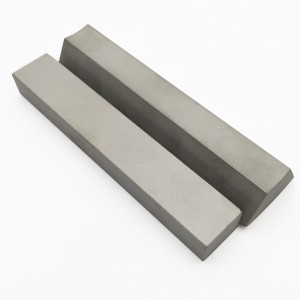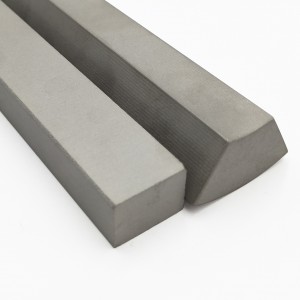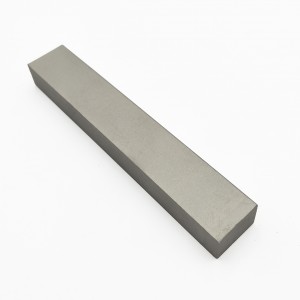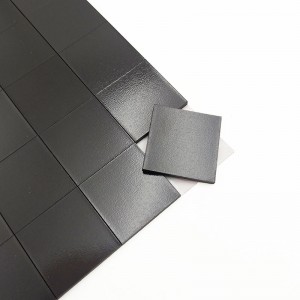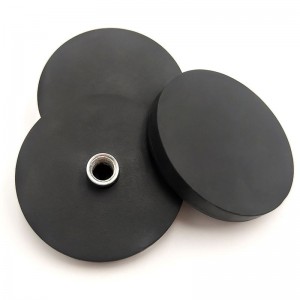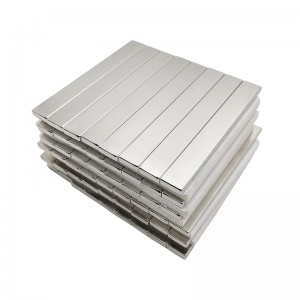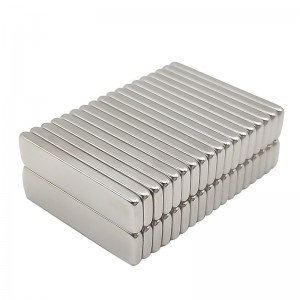High performance SmCo magnets for industry
Product Description
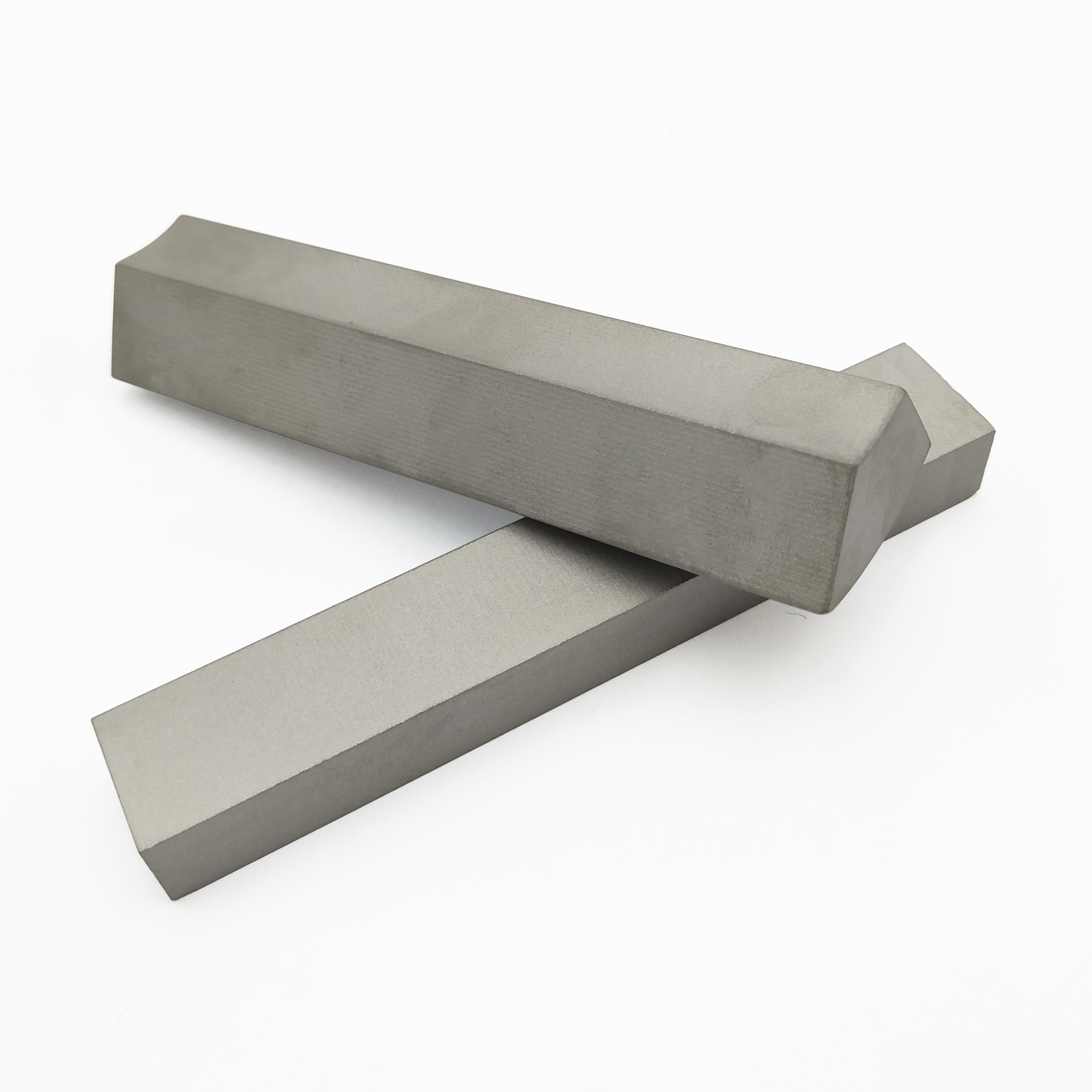
Samarium cobalt magnets,commonly called SmCo magnets, are permanent magnets that possess high magnetic energy and are exceptionally resistant to demagnetization. Traditionally, they are made using an alloy of samarium and cobalt, along with other metal elements like iron, copper, nickel, and zirconium.
SmCo magnets are used in a wide variety of applications. They are commonly applied in medical equipment, such as MRI scanners because they are not affected by magnetic fields produced by these machines. They are also used in sensors, magnetic bearings, and actuators. In industrial applications, they are used in motors, generators, and machinery that requires high reliability and long life. They are also used in aerospace and defense for radar and other applications that require high magnetic field strength.
SmCo Magnet Advantages
- High magnetic field strength and High-temperature stability
SmCo magnets have one of the highest magnetic field strengths among all permanent magnets. Their strength is second only to neodymium magnets.
SmCo magnets can operate at high temperatures with minimal loss of magnetic strength. This makes them ideal for use in high-temperature applications.
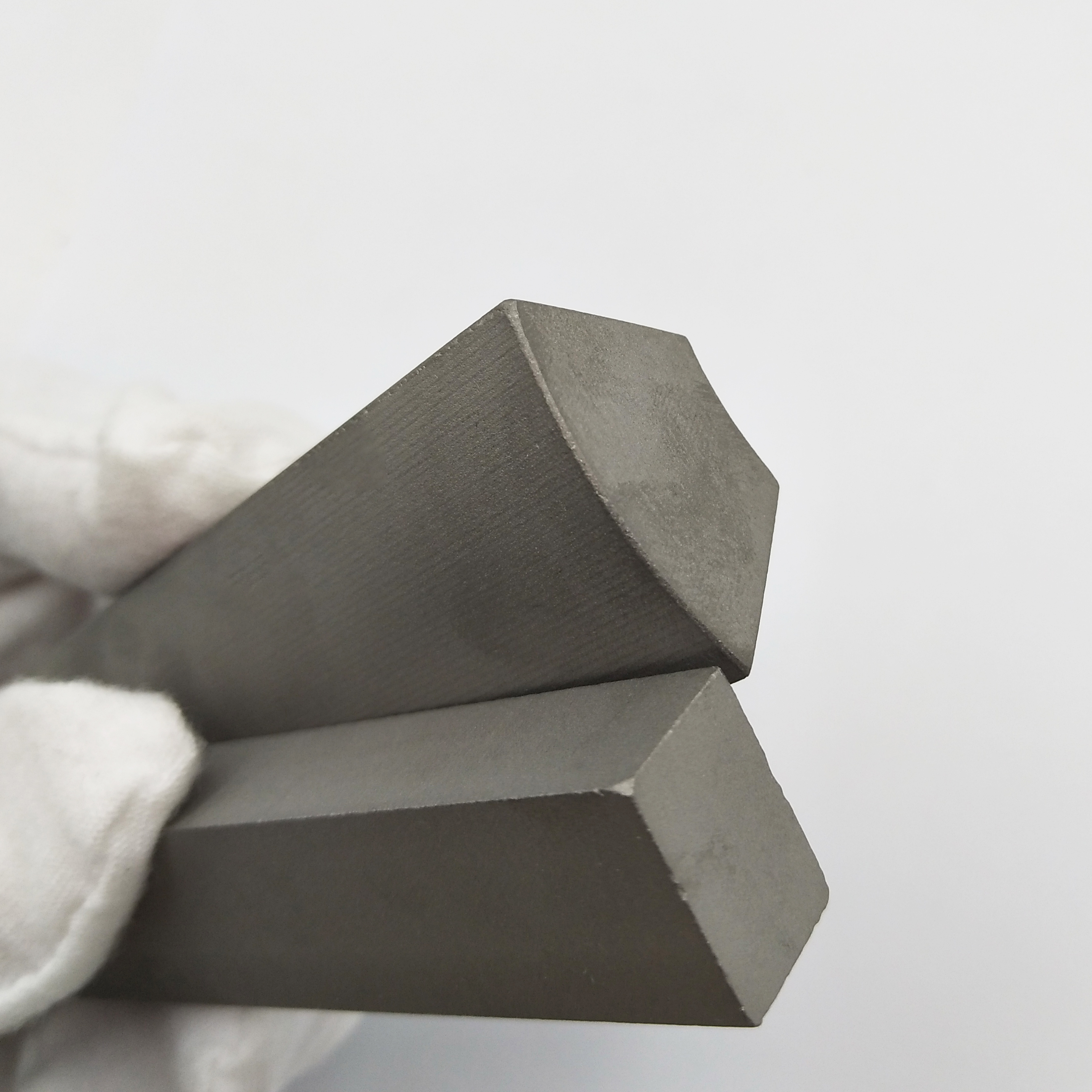
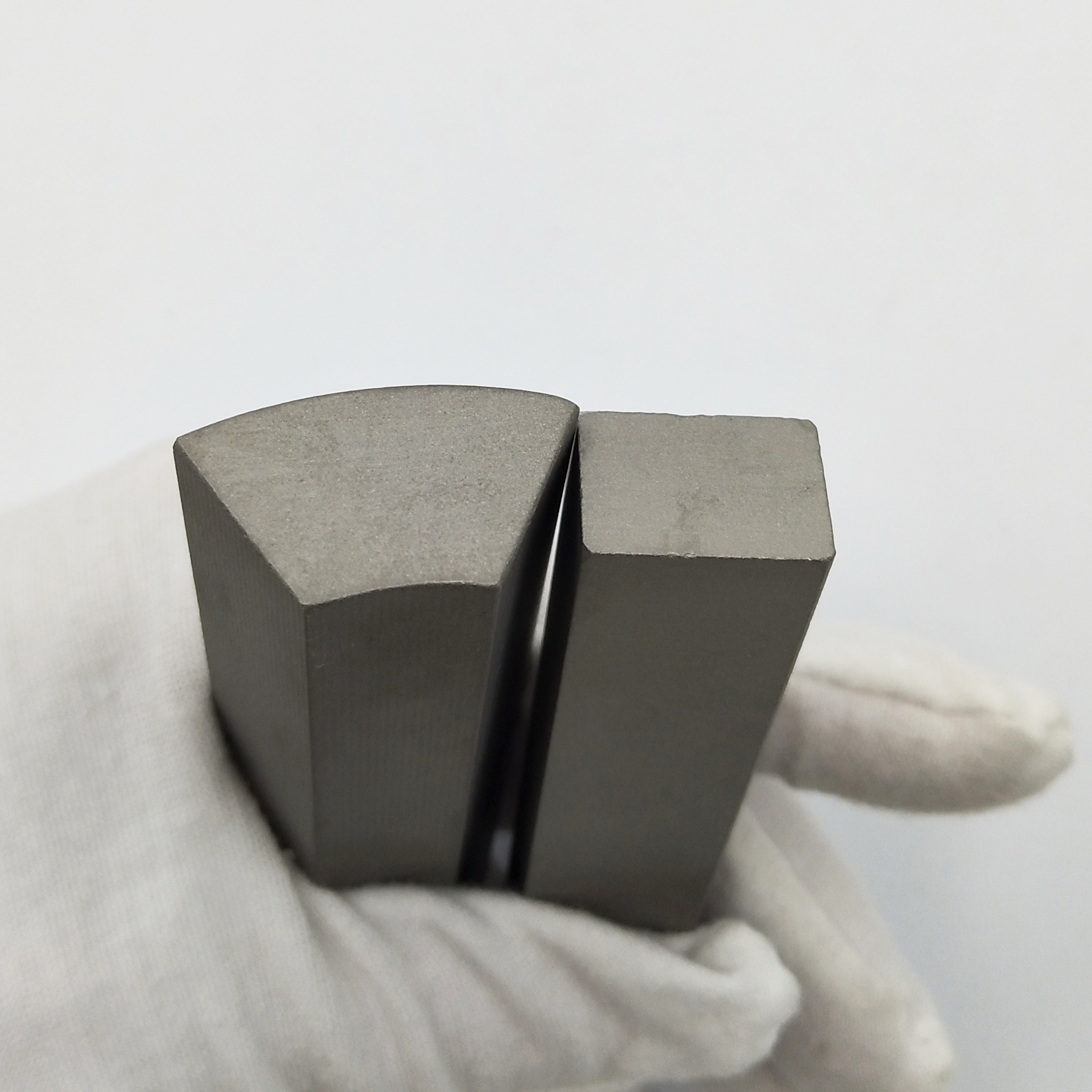
- Long lasting and Corrosion resistance
SmCo magnets can maintain their magnetic properties for years without becoming demagnetized. This makes them an excellent choice for industrial applications that require long-term reliability and stability.
SmCo magnets have excellent corrosion resistance, making them the perfect choice for use in harsh environments.
Types of SmCo magnets
There are two types of SmCo magnets: SmCo5 and Sm2Co17.
SmCo5 magnets are popular because they are easy to work with and are relatively inexpensive. They have a lower magnetic field than Sm2Co17 magnets, but they still have superior thermal properties.
Sm2Co17 magnets have a higher magnetic field and are more expensive. However, they can be used in high-temperature applications where other magnets cannot function.
